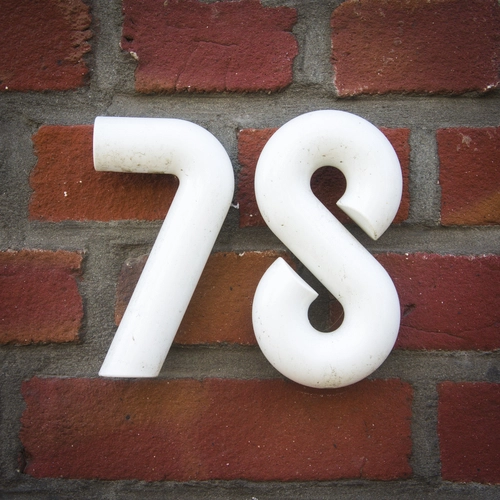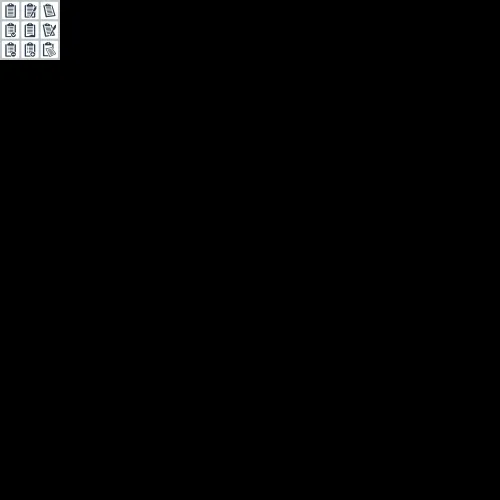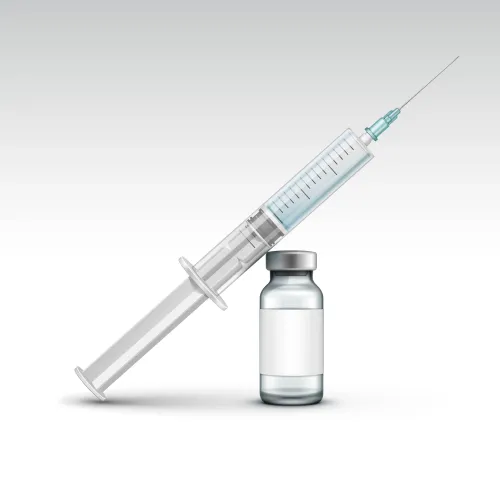Anatomy Keys Code Choice on Trigeminal, Occipital Nerve Blocks

Injection for lower jaw pain could be a TN block. When you're deciding which code to choose when the PM specialist performs a somatic nerve block, often the choice will be simple. There are other encounters, however, that could leave you flummoxed as to proper code choice. Why? Some of the blocks have less detailed descriptors, leaving the coder to decide what specific anatomical areas the code supports. This is especially true when coding trigeminal and greater occipital nerve injections. Read on for all the info you'll need on the when, where, and why of these nerve blocks. Reserve 64400 for Trigeminal Shots You'll report 64400 (Injection, anesthetic agent; trigeminal nerve, any division or branch) when your provider injects the trigeminal nerve (TN), confirms Judith L. Blaszczyk, RN, CPC, ACS-PM, ICDCT-CM, compliance auditor at ACE, Inc. in Overland Park, Kansas. Anatomy: "The trigeminal nerve is one of the 12 cranial nerves, and provides sensation to the face as well as various facial muscular functions such as chewing," Blaszczyk explains. The nerve runs from the skull, and branches into three divisions that supply feeling to the forehead: Summary: "The branches of the trigeminal nerve innervate a large area including the whole forehead, face, lateral regions of the head, and the most upper part of the neck," says Blaszczyk. When a patient reports with pain in one of these areas, the PM specialist will often in inject the area with an anesthetic/steroid combination for relief. Consider this clinical example from Blaszczyk: The patient is placed in a supine position with the head in a neutral position and the eyes staring straight ahead. A point 2-3 cm lateral to the angle of the mouth on the side to be blocked - is marked. The skin over the cheek on the involved side is prepped and draped. A local anesthetic is injected into the site. Then a 22-gauge 10-cm long spinal needle is inserted and advanced upward toward the mandibular condyle and toward the external ear. At a depth of 4-6 cm, the greater wing of the sphenoid at the base of the skull is contacted. The needle is withdrawn and redirected more posteriorly, so as to enter the foramen ovale. It is then advanced 1-1.5 cm. Paresthesia at the mandible is elicited, followed by paresthesia in the maxilla and orbit. Once these signs have been obtained, the medication is injected. The actions described in the above example demonstrate a codeable 64400 service. Neuralgia, Shingles Can Lead to 64400 Shot When it comes to the types of patients that need TN injections, patients with trigeminal neuralgia are at the top of the list. ICD-10 code G50.0 (Trigeminal neuralgia) represents trigeminal neuralgia, which is also called tic douloureux. This condition "is a nerve disorder that frequently causes shooting pain to one side of the face in one or any combination of the three areas mentioned above. The pain attacks can occur on both sides of the face but not at the same time, and they typically worsen over time, occurring more frequently," according to Blaszczyk. For patients with trigeminal neuralgia, even minor stimulation - such as a slight breeze or someone touching their cheek - could precipitate a painful episode. You might also see several patients for TN injections that suffer herpes zoster (shingles). This condition is "caused by a latent chickenpox virus in the patient that ... may then reactivate, causing a variety of neurologic manifestations," says Blaszczyk. For an acute herpes zoster attack, you might choose B02.9- (Zoster without complications). If, however, the pain from the acute attack is long-lasting, the condition is called post-herpetic trigeminal neuralgia, which you'll code with B02.22 (Postherpetic trigeminal neuralgia). Remember: This is not a complete, or approved, list of diagnoses for 64400 service. If your patient suffers from one of these conditions, however, he might require a TN injection. If you have any doubt as to the diagnosis for a 64400 service, check with the provider before choosing an ICD-10 code. Report GON Injections with 64405 Patients will also report to PM clinics for treatment of pain in the greater occipital nerve (GON). You'll report these services with 64405 (... greater occipital nerve). Anatomy: "The greater occipital nerve supplies sensation to the skin over the posterior skull, including the occiput and temporal areas, and to the vertex and ear," Blaszczyk explains. Basically, the GON represents the back of the head and the most upper part of the neck. Consider this clinical example from Blaszczyk: The patient is laying down. The skin and hair of the back of the head are cleaned with antiseptic solution. The provider palpates and finds the pulsation of the occipital artery. (A 25 G needle, either 5⁄8 inch or 11⁄2 inch, can be used depending on the size of the patient.) The needle is directed at 90 degrees toward the base of the skull until a bone is contacted. Aspiration is performed to prevent intravascular injection. A mixture of local anesthetic and steroid is used and approximately 1.0 cc is injected around the nerve, and an additional 1.0 cc on either side of the nerve. For this encounter, you'd report 64405. Neuralgia, Headaches Top 64405 Dx List Many of the patients your provider sees for 64405 service will suffer from occipital neuralgia, which you'd code with M54.81 (Occipital neuralgia). "The pain of occipital neuralgia is characterized as persistent pain at the base of the skull with occasional sudden shock-like paresthesias in the distribution of the greater and lesser occipital nerves," explains Blaszczyk. The GON area is typically also tender to palpation and may be associated with trigger points in the same area, she continues. There are also other conditions that the PM specialist might treat with GON block, including: Remember: This is not a complete, or approved, list of diagnoses for 64405 service. If your patient suffers from one of these conditions, however, he might require a GON injection. If you have any doubt as to the diagnosis for a 64405 service, check with the provider before choosing an ICD-10 code.




